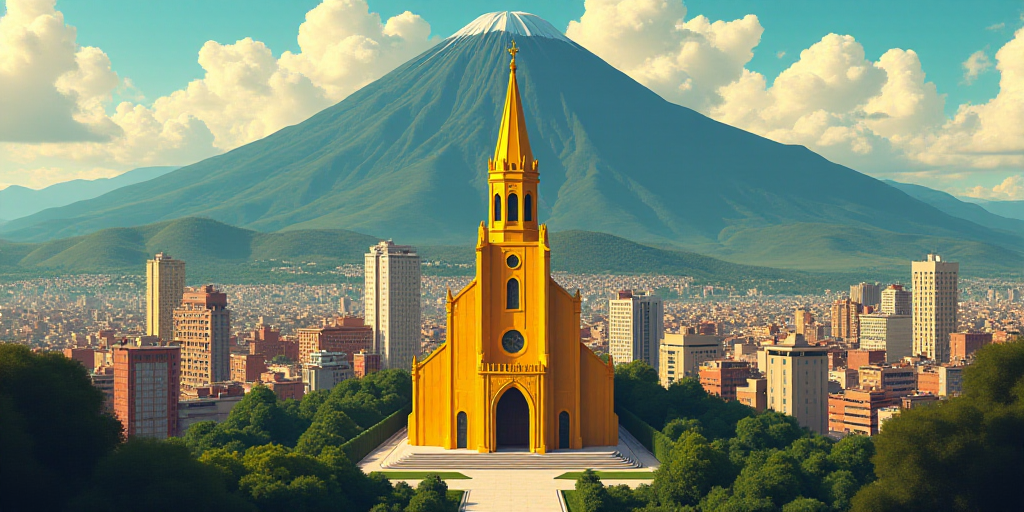Introduction to Jalisco’s Economic Projections
Jalisco, a Mexican state known for its vibrant culture and tourism, is projecting a 15% growth in its tourism GDP by 2026. This optimistic outlook is largely attributed to the upcoming FIFA World Cup in 2026, which is expected to significantly boost the region’s economy.
Economic Impact and Projections
According to preliminary estimates by the Guadalajara Convention and Visitors Bureau (OFVC), Jalisco’s tourism income is projected to increase by 13% in 2025, with a further anticipated growth of 15% in 2026. This growth is not solely due to the four World Cup matches that will be held in Guadalajara but also from the broader economic activities surrounding the event.
Gustavo Staufert, Director of the OFVC, stated, “We are on track to see a 13% increase in tourism income this year, as promised. Looking ahead to next year, I forecast a 15% growth.”
Projected Tourism Income
The projected PIB turístico for Jalisco in 2026 is estimated to reach approximately 180,000 million pesos. Of this amount, Guadalajara is expected to generate around 80,000 million pesos in economic impact, driven by the FIFA World Cup 2026. This growth is anticipated across various sectors, including hospitality, transportation, gastronomy, logistics, and commerce.
The city expects to welcome up to three million additional tourists during the World Cup month, although not all are expected to visit during match days. The highest influx is projected from April to May, due to pre-event logistical preparations and the arrival of technical staff, media, sponsors, and fans.
Hotel Capacity
Currently, Guadalajara offers 30,000 hotel rooms. However, with the opening of at least six new hotels before the World Cup, this number is expected to rise to 32,000 rooms. Furthermore, with around 7,500 Airbnb units, averaging 1.8 rooms per unit (approximately 12,000 additional rooms), the total hospitality capacity is expected to reach 45,000 rooms.
“Considering 45,000 rooms and 30 days in a month, the potential is immense. Some visitors may even opt to sleep in their cars, similar to large-scale events like the Aguascalientes Fair,” Staufert added.
Infrastructure Enhancements
Staufert highlighted that Jalisco’s past experiences hosting international events, such as the FIFA World Cups in 1970 and 1986, along with the 2011 Pan American Games, have left valuable infrastructure for the city. He anticipates that the 2026 FIFA World Cup will further enhance this infrastructure.
“Previously, the airport faced limitations due to terrestrial connectivity bottlenecks. However, with the recent road expansion, this scenario is set to change,” he explained.
Currently, 60% of tourists arrive via air, while 40% travel by road. Staufert also mentioned that new direct flights between Guadalajara and Canada are planned, adding five routes to the country. Additionally, the Jalisco Secretariat for Tourism aims to establish another direct flight to Europe.
Key Questions and Answers
- What is the projected growth in Jalisco’s tourism GDP by 2026? The projected growth is 15%.
- Which sectors are expected to benefit from the 2026 FIFA World Cup? The sectors expected to benefit include hospitality, transportation, gastronomy, logistics, and commerce.
- How many additional tourists does Guadalajara anticipate during the World Cup month? Up to three million additional tourists are expected.
- What is the current and projected hotel capacity in Guadalajara? Currently, there are 30,000 hotel rooms, which is expected to rise to 45,000 with new hotels and Airbnb units.
- How will transportation infrastructure be enhanced for the 2026 FIFA World Cup? With recent road expansions and new direct flights to Canada and potentially Europe, air travel capacity is set to increase.






